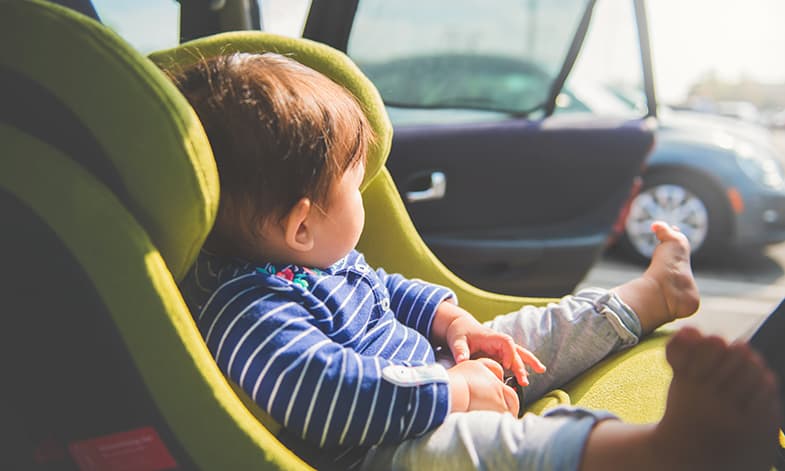
The study, the first on infant bone strength in relation to age/weight using models developed from modern medical images, is published in the Journal of Biomechanics and Modeling in Mechanobiology.
The research - which involved groups from the University of Sheffield, Sheffield Teaching Hospitals NHS Foundation Trust and The Children’s Hospital Charity - used detailed CT scans of bones to generate computer models to set up scenarios looking at how a different amount of force affects the bones, bending and twisting the bones to detect the breaking point.
These non-invasive techniques created 3D models of the femur (thigh bone) in the study of children’s bones in the newborn to three-year-old age range.
Current testing for car seats in simulated crash tests often use scaled down models of adults to simulate a child in a given situation. Anatomically, toddlers have very different bone structure to adults as their bones are not fully formed and still growing.
Dr Xinshan Li, from the Insigneo Institute for in silico Medicine (a collaborative initiative between the University of Sheffield, Sheffield Teaching Hospitals NHS Foundation Trust and Sheffield Children’s NHS Foundation Trust) said: “There is currently very little research looking into the bone strength of young children. Our data can be applied to help car seat manufacturers, pram manufacturers, toy manufacturers and any other companies designing children’s products, to design and make safer products and use our modelling of bone strength in testing their products before bringing them to market."
Dr Amaka Offiah, Reader in Paediatric Musculoskeletal Imaging in the Department of Oncology and Metabolism at the University of Sheffield said the technology could also be used to improve clinical diagnosis in broken bone injuries.
“Bone fractures ....can broadly be categorised into accidental or inflicted injuries," said Dr Offiah. "Currently, distinguishing between these can often be extremely difficult. Due to the difficulties in obtaining paediatric bone samples there has been a lack of research to provide evidence-based information on bone strength in young children. If we can provide a table which shows bone strength by age range for different bones in the body, we can then calculate the force required to break that particular bone."
Offiah said that this could help clinicians to use evidence-based information to decide whether an injury is accidental or inflicted, particularly for younger children who aren’t able to explain how the injury occurred.




Glasgow trial explores AR cues for autonomous road safety
They've ploughed into a few vulnerable road users in the past. Making that less likely will make it spectacularly easy to stop the traffic for...